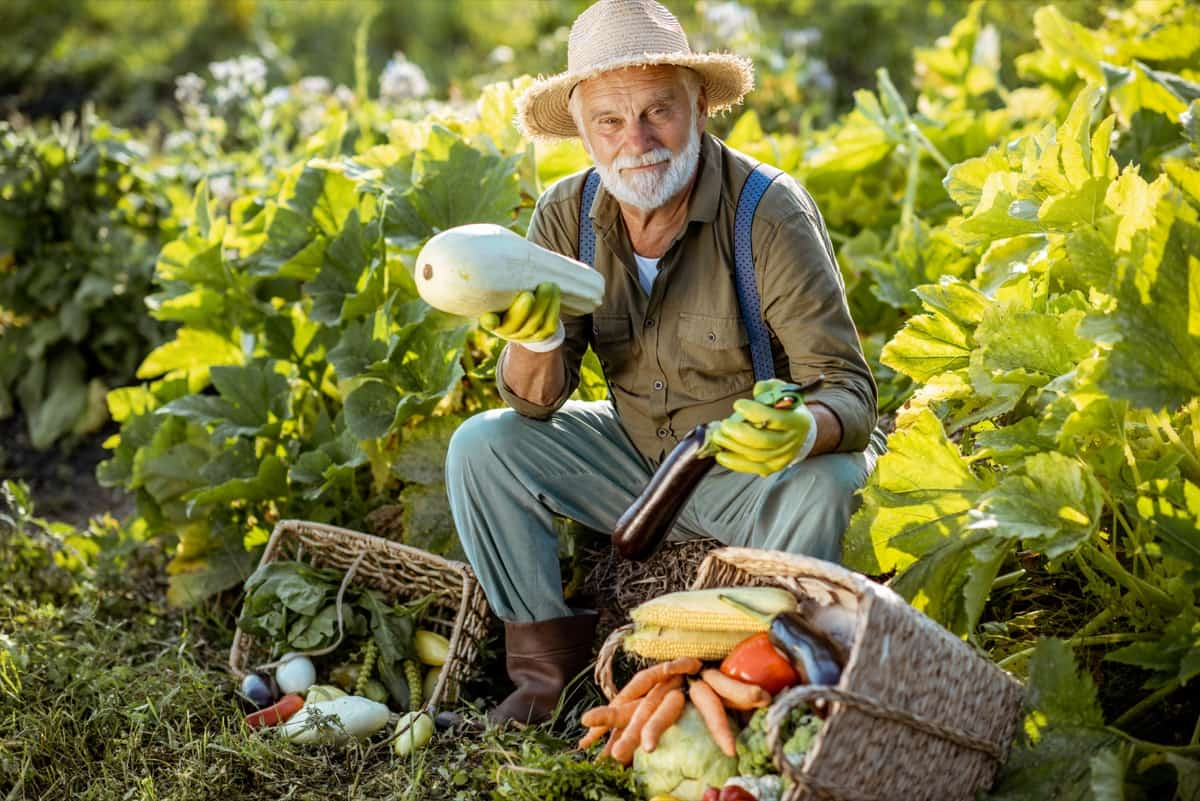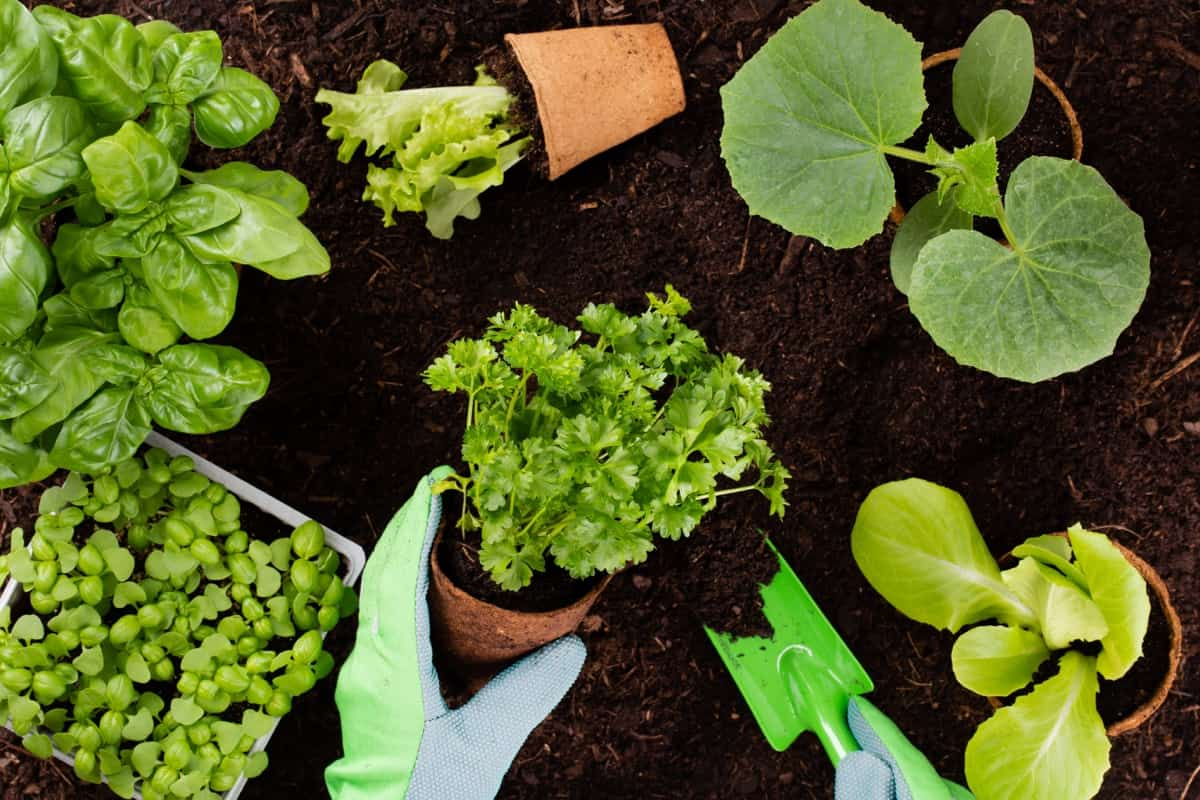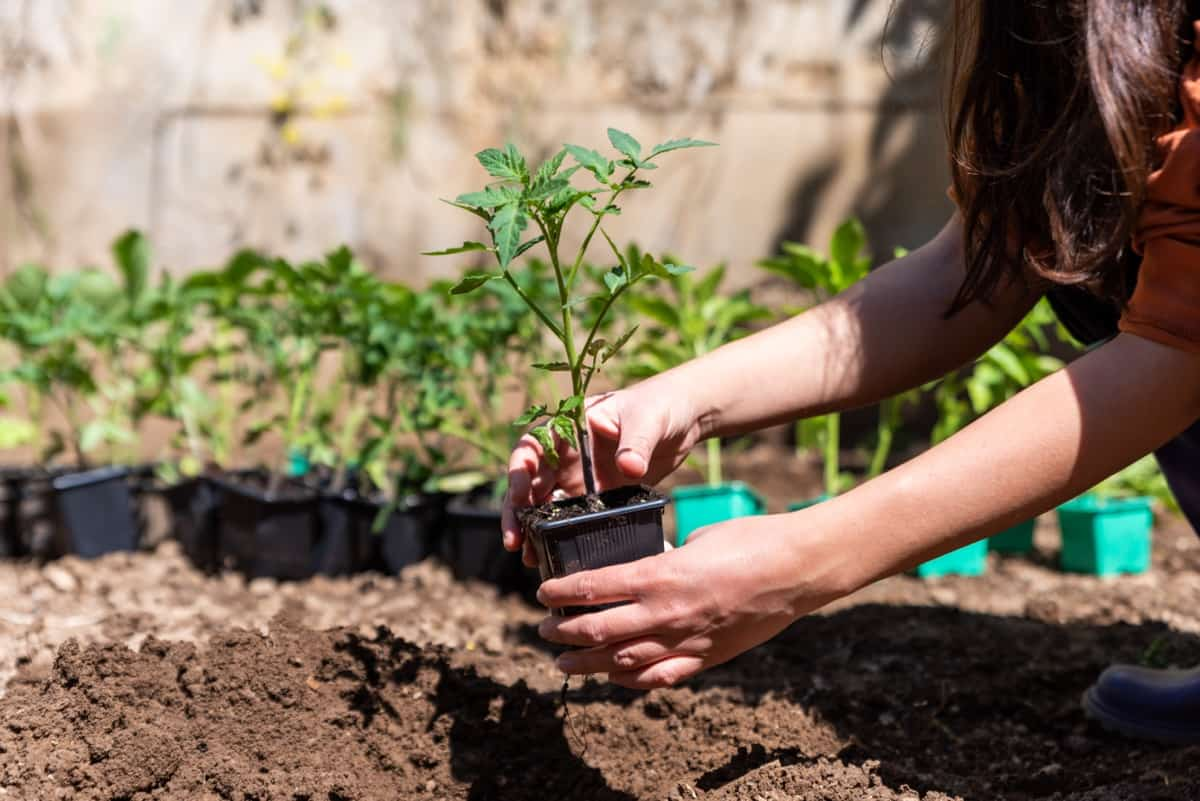When should I start my garden in Southern California? This is a question many gardeners in the region frequently ask. If you’re thinking, “When should I start a vegetable garden in California?” or wondering about the growing season in Central California, you’ve come to the right place. Can you grow vegetables all year in California?

Absolutely! With its diverse climate, California offers a range of opportunities for gardening. From the Southern California vegetable planting guide to Northern California gardening, a month-by-month guide, we’ll delve deep into the ideal planting times across different Californian regions.
When to Plant Vegetables in California
Understanding California’s Climate Zones
California’s vast geographical expanse is home to various climate zones, ranging from coastal to central and southern regions. This diverse climate landscape influences when to plant vegetables in northern California and other areas. Coastal areas enjoy moderate temperatures, while Central California experiences a mix of cooler and warmer zones. Southern California, on the other hand, often boasts warmer temperatures, providing a longer growing season for various vegetables.
Factors Affecting Vegetable Planting Dates in California
While climate zones play a significant role, other factors also influence vegetable planting in California. Soil temperature, for instance, is crucial as it determines seed germination rates. Day length can affect how plants grow, while frost dates are vital to consider to prevent damage to young plants. Lastly, local microclimates, created by geographical features such as hills and valleys, can offer different planting windows even within short distances.
Planting Vegetables in Coastal California
The moderate climate of coastal California provides a unique opportunity for gardeners. Most vegetables thrive with gentle temperatures, making it possible to have multiple planting seasons. For instance, leafy greens, peas, and radishes can be planted in early spring, while tomatoes, peppers, and beans find their stride in late spring and early summer. Following a southern California gardening, a month-by-month guide can further help optimize planting schedules.
In case you missed it: Best California Container Plants: For Vegetables, Flowers, Herbs in Winter, Shade, Full Sun

Optimal Vegetable Planting Times for Central California
How long is the growing season in Central California? This region often enjoys an extended growing season due to its varied climate. Early spring is perfect for planting artichokes, broccoli, and carrots. Early spring and summer are more suited for cucumbers, eggplants, and sweet corn. It’s worth noting that Central California can occasionally experience frost, so it’s essential to keep an eye on the forecast during the colder months.
Vegetable Planting Schedule for Southern California
Southern California, known for its warm weather, is often a gardener’s paradise. Most vegetables can be grown yearly, with slight adjustments for specific crops. For example, winter is great for kale, spinach, and Brussels sprouts, but summer is more apt for planting bell peppers, okra, and zucchini. Following a Southern California vegetable planting guide can be invaluable to get the most out of the region.
Recommended Vegetables for Early Spring Planting in California
Early spring in California is marked by gradually warming temperatures, providing an ideal setting for many vegetables. Beets, lettuce, and onions are perfect candidates for this season. Furthermore, peas, potatoes, and Swiss chard can also be introduced to your garden during this time. These vegetables benefit from the cooler nights and milder days, setting the stage for a bountiful harvest.
Late Spring and Early Summer Vegetable Planting Guide for California
The list of suitable vegetables diversifies as the California sun shines brighter in late spring and early summer. This is the perfect time to plant crops that love the heat. Think tomatoes, green beans, and cucumbers. Additionally, melons, pumpkins, and squashes can be introduced, as they thrive in the consistent warmth. Following a month-by-month northern California gardening guide, even those in the cooler northern regions can make the most of this season.
Fall Vegetable Planting Tips for Coastal California
Coastal California’s fall season is characterized by moderate temperatures and occasional light rainfall, providing an optimal environment for several vegetables. During this period, gardeners should focus on cool-season crops. Broccoli, cauliflower, and cabbage are favorites, as they thrive in the decreasing sunlight and cooler nights. Root vegetables like carrots, turnips, and beets can also be introduced to the garden, benefiting from the consistent moisture and milder temperatures.
Preparing the soil well is essential, ensuring it’s adequately aerated and fortified with compost, as this aids in better root development. Additionally, watching for pests and diseases, which might become more prevalent during the fall, will ensure a successful harvest. Mulching is also recommended, as it helps in moisture retention and provides a barrier against potential frost, ensuring the young plants’ protection.
In case you missed it: How to Extend Growing Season in California: Techniques, Ideas and Tips

Ideal Fall Planting Dates for Central California
Central California, with its mix of cooler and warmer zones, offers a unique challenge during the fall planting season. Typically, the window for planting begins in late August and extends through October. This timeframe allows gardeners to harness the region’s moderate temperatures before the onset of the colder winter months.
Vegetables such as lettuce, spinach, and kale can be introduced early in the planting season, while Brussels sprouts, peas, and radishes can follow in late September to early October. Gardeners must remain aware of potential frost dates, ensuring sensitive plants are covered or harvested before cold snaps. Regular watering and pest monitoring are also essential for a thriving fall garden in this region.
When to Plant and What Vegetables to Grow in California in Winter
Winter in California varies across regions, but even during the cooler months, the state provides opportunities for vegetable gardening. From December to February, regions that experience milder winters can benefit from planting crops like garlic, onions, and broad beans. Leafy greens like chard, collards, and mustard greens also thrive in cooler weather and shorter winter days.
It’s essential to select varieties specifically bred for winter harvesting, as these are more resistant to cold temperatures and shorter daylight hours. Moreover, cloches or row covers can help protect plants from frost, ensuring their growth isn’t stunted by unexpected cold spells. Soil preparation, including adding well-rotted compost and ensuring adequate drainage, can significantly affect winter vegetable yields.
Vegetable Planting Schedule/Calendar Table for California
| Vegetable | Coastal Planting Dates | Central Planting Dates | Southern Planting Dates |
| Lettuce | Feb-Mar, Aug-Sep | Mar-Apr, Aug-Sep | Oct-Jan, Mar-Apr |
| Tomatoes | Apr-May | Apr-Jun | Mar-Apr, Aug-Sep |
| Broccoli | Aug-Oct | Sep-Nov | Oct-Nov, Jan-Feb |
| Carrots | Feb-Apr, Sep-Nov | Mar-May, Aug-Oct | Nov-Jan, Feb-Mar |
| Peppers | Apr-May | Apr-Jun | Mar-Apr |
| Spinach | Feb-Mar, Aug-Sep | Mar-Apr, Aug-Sep | Oct-Jan, Mar-Apr |
| Cucumbers | Apr-May | Apr-Jun | Mar-Apr, Aug-Sep |
| Peas | Jan-Mar, Aug-Oct | Feb-Apr, Sep-Oct | Nov-Jan, Feb-Mar |
| Green Beans | Apr-Jun | Apr-Jul | Mar-May, Sep-Oct |
| Radishes | Feb-Apr, Sep-Nov | Mar-May, Aug-Oct | Oct-Jan, Feb-Mar |
| Kale | Aug-Oct | Sep-Nov | Oct-Dec, Jan-Feb |
| Cauliflower | Aug-Oct | Sep-Nov | Oct-Nov, Jan-Feb |
| Garlic | Oct-Dec | Oct-Jan | Oct-Dec |
| Onions | Nov-Jan | Dec-Jan | Oct-Nov |
| Zucchini | Apr-Jun | Apr-Jul | Mar-May, Sep-Oct |
In case you missed it: 15 Best Honey Farms and Apiaries in California (CA) for Southern, Northern, and Central Regions

Conclusion
Regardless of the season, California’s varied climate provides ample opportunities for year-round vegetable gardening. By understanding each season and region’s unique needs and challenges, gardeners can optimize their planting schedules and techniques, ensuring bountiful harvests throughout the year. Whether in the moderate climates of the coast, the variable temperatures of central regions, or the milder winters experienced by many parts of the state, there’s always something to plant and nurture in a Californian garden.
- Feed Your Flock for Less: Top 10 Tips to Save on Chicken Feed
- Ultimate Guide to Ossabaw Island Hog: Breeding, Raising, Diet, and Care
- Hatching Answers: The Top 10 Reasons Your Chickens Aren’t Laying Eggs
- Eggs and Economics: Breaking Down the Cost of Raising Backyard Chickens
- Defend Your Greens: Proven Methods to Keep Iguanas Out of Your Garden
- Ultimate Guide to Cinnamon Queen Chicken: A Comprehensive Guide for Beginners
- Ultimate Guide to California Tan Chicken: Breeding, Raising, Diet, Egg-Production and Care
- Ultimate Guide to Marsh Daisy Chicken: Breeding, Raising, Diet, and Care
- 10 Types of Chicken Farming Businesses You Can Start for Profits